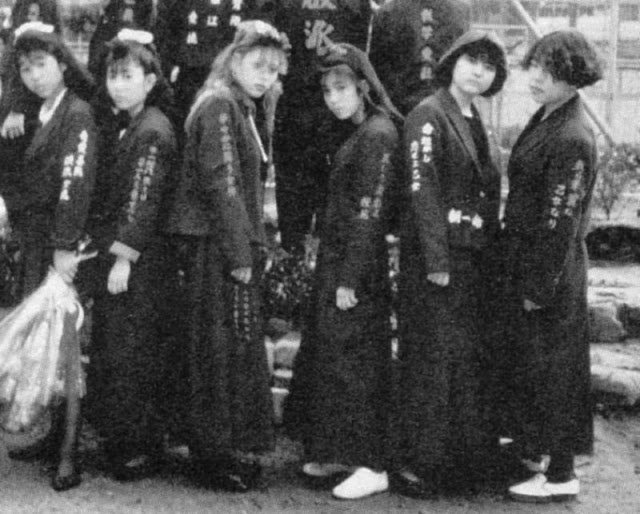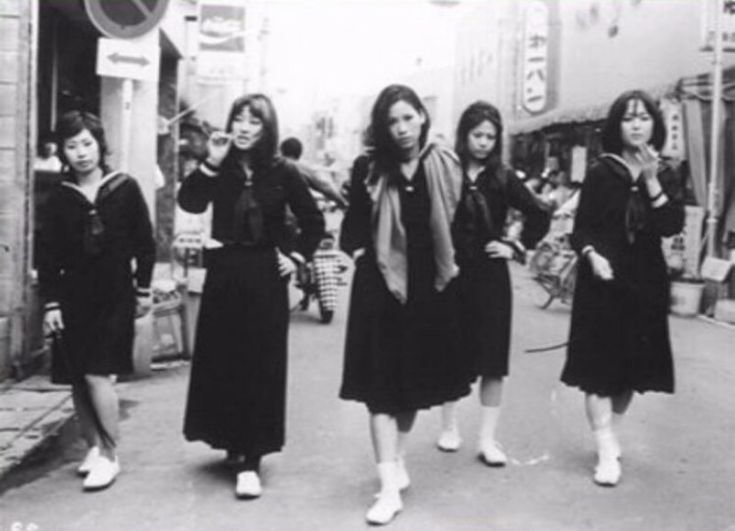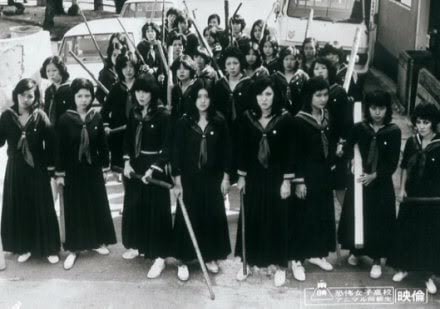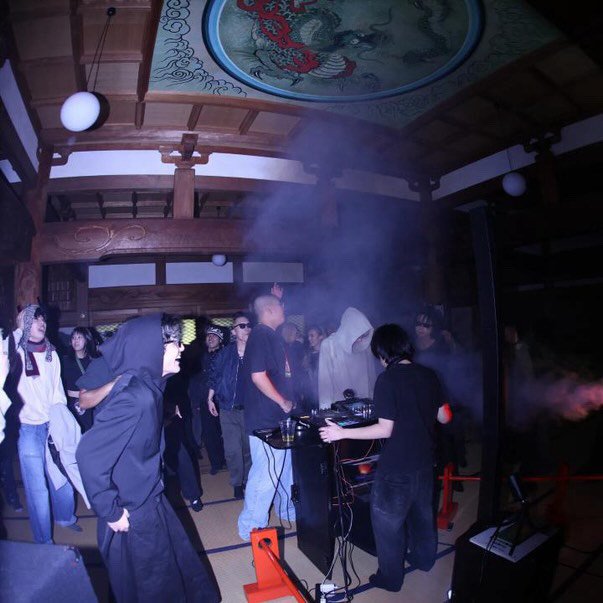Sukeban Fashion - The Girl Gang Rebellion in School Uniforms
They look formally dangerous. Don’t let the dressy school uniform fool you—the swish of their skirts and razor-sharp scowls scream anything but innocence. This was the Sukeban aesthetic—an audacious blend of rebellion and solidarity, dressed in modified school uniforms and accessorized with an unapologetic attitude.
1970s Japan made room for various rebellious entities to emerge. Think Bosozoku, Bansho, Yakuza. But none looked as punctiliously badass as the Sukeban. Sukeban fashion became a manifesto stitched into fabric. Their uniform the armor for young girl gangs who weren’t afraid to challenge the patriarchy.
The Birth of Sukeban Fashion
In a country where conformity was prized and the sailor-style school uniforms were practically a badge of obedience, the Sukeban subculture tore up the rulebook. Girls across Japan took those prim and proper uniforms and gave them a rebellious makeover, turning a symbol of order into something entirely their own, creating a style that walked the line between rebellion and identity.
The core piece that became to define Sukeban culture was the seifuku, also known as the sailor-style school uniforms worn by Japanese students till this day. But the Sukeban version wasn’t the prim and proper attire mandated by the dress code of the education system.
Their skirts were lengthened to defy the rising hemlines of the era’s vision of “proper” femininity, while sailor collars were slashed and restitched, often embroidered with roses or anarchic kanji. Occasionally, Converse sneakers replaced regulation loafers, and loose socks or bandanas completed the look.
While they leaned more towards being troublesome schoolgirl tribes rather than actual gangs, the stereotypes of the Sukeban aesthetic originated here, although they will have been the extreme minority. The accessories like chains occasionally doubled as weapons, as did umbrellas with razor blades hidden in their handles. Surgical masks added clout, making you incognito, while cigarettes dangled lazily from lips as if to punctuate their complete disregard for authority. Every detail screamed, “Don’t mess with us,” and people listened.



Though more troublesome schoolgirl cliques than outright gangs, the Sukeban aesthetic we know today—and its enduring stereotypes—were partially born out of the accessories that symbolized their violence, even if they represented a rare extreme. Chains occasionally doubled as weapons, and umbrellas cleverly concealed razor blades in their handles. Surgical masks made them both incognito and intimidating, while cigarettes dangled nonchalantly from lips, a casual punctuation to their utter defiance of authority. Every detail sent a clear message: “Don’t mess with us.”
Their fashion was formal yet deliberate—a rejection of the oppressive, cookie-cutter mold of Japanese society. Sukeban style carved out space for individuality and solidarity in a world intent on suppressing both.
Sukeban’s Cultural Impact
By the late 70s, Sukeban gangs dominated the cultural conversation. Their fashion became synonymous with youth rebellion, making its way into manga like Sukeban Deka and sparking the emergence of a new movie genre: Pinky Violence, with films like Delinquent Girl Boss and Girl Boss Guerilla. Sukeban aesthetics also inspired feminist movements, offering a striking visual counterpoint to Japan’s rigid gender roles.
Western parallels weren’t far behind. The DIY ethos of Sukeban gangs found a natural counterpart in Britain’s punk movement, where suburban youth reworked their school blazers into anarchist badges of honor. It’s no coincidence that embroidered slogans and defiant school uniforms popped up in both subcultures at roughly the same time—rebellion, after all, transcends borders. Hollywood joined the conversation, too, with Quentin Tarantino’s Kill Bill character Gogo Yubari embodying everything the Sukeban stood for.
Sukeban 2│© Toei
Sukeban Fashion Today
Though girl gangs are now a relic of the past, Sukeban fashion has left its mark on global pop culture. Its influence can be seen in the exaggerated streetwear aesthetics of brands like Comme des Garçons and the retro nostalgia found in both Harajuku’s boutiques and Shimokita’s thrift shops.
In the West, Sukeban aesthetics have filtered into streetwear and high fashion alike. Designers like Vivienne Westwood have drawn on similar DIY ethics, while brands like UNDERCOVER channel Japanese subcultures with Sukeban flair. The style resonates with global audiences because it represents something universal: a desire to challenge the status quo.
Sukeban fashion remains an enduring symbol of youth rebellion. It’s a look that refuses to be tamed, just like the girls who pioneered it. Whether you’re inspired by their long skirts, embroidered slogans, or unflinching attitude, Sukeban fashion offers a timeless blueprint for breaking the rules with style.









The 70s schoolgirl gangs that shook Japanese society.